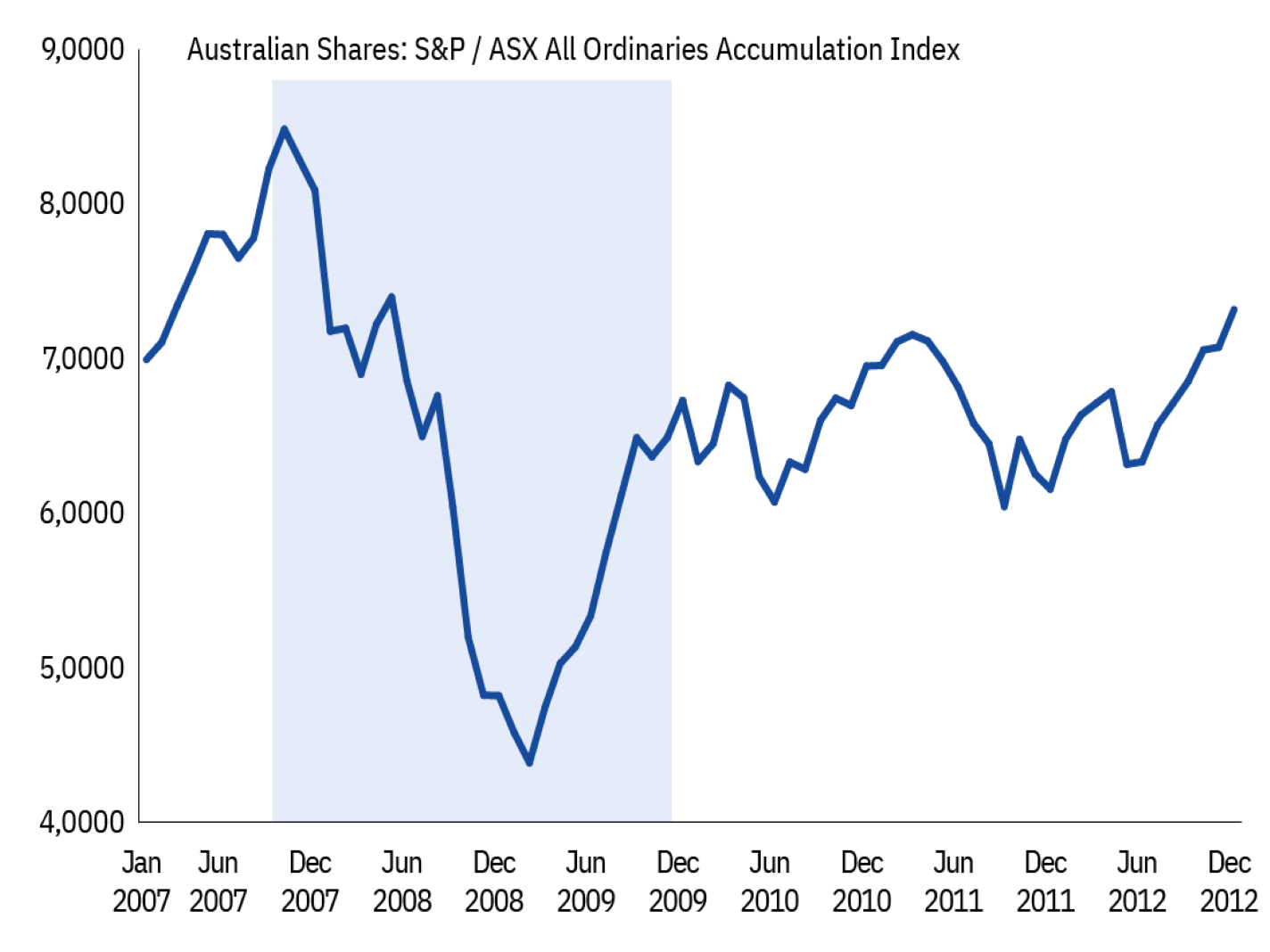Don’t let overspending be your undoing
Do you struggle to control your spending around your friends and family? If the urge to ‘keep up’ with a certain lifestyle is stretching your finances, it could be time to take action. From splitting the bill at an expensive restaurant, to having the ‘right’ house, car and clothes, many of us fall victim to overspending. But if you regularly suffer from buyer’s remorse, or spend over and above your means, it’s time for a serious reality check. Overspending can quickly spiral into long-term debt, especially if you use credit cards to try and bridge the gap. Young Australians are particularly at risk, taking on debt at a far earlier age and carrying it longer than ever before. Research by RateCity shows that 42 per cent of those aged under 24 have between $10,000 and $30,000 in personal debt, not including a mortgage. Even if you’re not living paycheck to paycheck, overspending will prevent you from reaching your longer term financial goals, like financial security and financial freedom. Fortunately spending habits are just that – habits – and they can be changed. Here’s how to avoid the debt spiral and get your finances on track. Identify your risky behaviours Do a financial health check and work out where the majority of your overspending happens. Is it a penchant for designer clothes? An addiction to expensive electronics? Or a love of fine dining? We all have vices that threaten to throw us off track, so look at the numbers and be honest with yourself about which behaviours are forcing your finances off course. If those behaviours are closely associated with certain friends, family or work colleagues, it could be time to re-evaluate your unhealthy relationships. Associate with people who share your values Once you know what’s driving your poor spending habits, use it to take action. Distance yourself from any negative influences and find others who better fit in with your long term plans. Being surrounded by likeminded people will help restore your bank balance in no time. Find alternatives If your social life is at the centre of your overspending it could be time to make some healthy swaps. Try suggesting low-cost alternatives such as bush walking, art classes or the beach. You might even meet new people who share your values. Lead by example and encourage good financial practices among your friends and family. Be upfront about your goals and values, without being pushy. True friends will be supportive and want to spend time with you anyway. Make a financial plan Taking control of your spending starts with evaluating your priorities and setting long-term goals. By making a financial plan, you’ll identify what is really important to you – and the steps you need to take to get there. You can do much of the groundwork on your own, although consulting a financial planning professional can help you to nail the details and act on your plans. You could be experiencing financial freedom sooner than you realise. Stick to a budget It’s much easier to maintain your new spending habits and make a real change if you have a budget in place. Make sure to allocate funds for clothing, entertainment and ‘fun’, so that you still get to indulge in some of your favourite interests. Create a ‘want to buy’ list Every time something comes up that you want to buy, add it to your list then wait at least seven days before purchasing the item. In the meantime, find at least three prices for the same item. This reduces the risk of splurging on things you don’t really need and makes it more likely that you’ll get a good deal. Focus on the bigger picture It’s easy to get carried away trying to keep up with a certain lifestyle and you may not even realise it’s happening until you’re already in debt. Good financial planning and a focus on the bigger picture will help keep your overspending in check. Source: Money & Life










